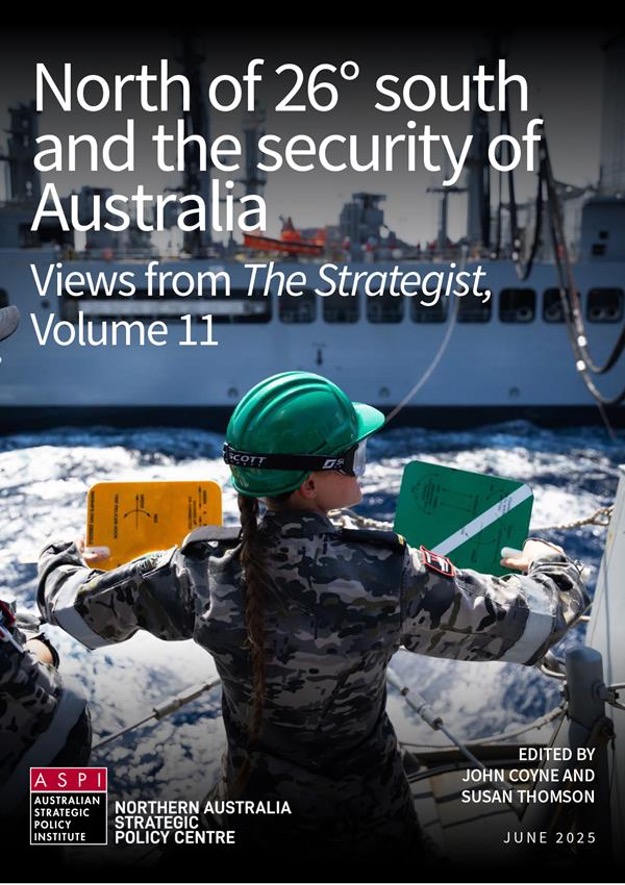
ASPI’s Northern Australia Strategic Policy Centre has released the latest volume of its compendium series featuring articles recently published in The Strategist by specialists and experts on northern Australia.
The ‘North of 26° south and the security of Australia‘ series focuses on the security and prosperity of northern Australia. Its articles discuss key policy challenges in the north and provide practical policy options for government to improve national security, economic prosperity and social development.
This edition features 34 articles on a range of subjects relevant to northern Australia, including defence, critical minerals, supply chain resilience and environmental disaster preparedness.
In her foreword, Senator the Hon Nita Green, Assistant Minister for Northern Australia, highlights the federal government’s commitment to the north and points to the rich opportunities available to the region with continued investment.
“The north has long been a region of ambition and opportunity, and with the right investments and partnerships, it will be a foundation of security and prosperity for generations to come,” she states.
“We must continue working across government, industry, and communities to write the next chapter of northern Australia’s story together: one that is grounded in respect, driven by economic sustainability, and focused on outcomes.”
Dr John Coyne, in the chapter ‘Unlocking the full potential of the ADF’s northern ranges and training areas’, said: “The Northern Territory is one of the world’s most exceptional military training environments, offering vast and rugged landscapes ideally suited for large‐scale exercises, live‐fire drills and complex operations… Yet the Australian Defence Force is not fully exploiting the potential of these assets. It is underutilising critical resources that could enhance the ADF’s operational capabilities and Australia’s broader defence posture.”
Vlado Vivoda said,“To secure its critical minerals industry in partnership with friends such as the US, Australia must ensure US trade policies actively support its push to move up the value chain. It also needs a strategy to sustain key production during downturns, must better align critical minerals, defence and industrial policies, and it should push for stronger reciprocal investment from allies, especially in processing and refining.”
Raelene Lockhorst and Henry Campbell in their chapter – ‘Energy security needs pipelines, not promises’ – say: “Few issues are as urgent and as poorly understood as Australia’s energy policy. While we build up renewable energy to replace an ageing and increasingly uneconomic coal fleet, we are more dependent on gas to support the grid. Yet we are at risk of more severe and more frequent gas shortfalls as soon as 2028, and we lack the commitment to investing in a viable long‐term solution. Australia needs to build a national pipeline network to ensure domestic production and supply.”
And Anna Alexander and Courtney Hansen, in their chapter ‘Australia’s disaster response should build resilience’, say: “Australia needs a national resilience strategy to consider ways to bolster northern infrastructure, supply chains and communities. The strategy should consider alternative freight corridors to reduce reliance on flood‐prone roads. This could include pre‐established plans for emergency supply distribution via maritime transport and would require strengthening port infrastructure”.



